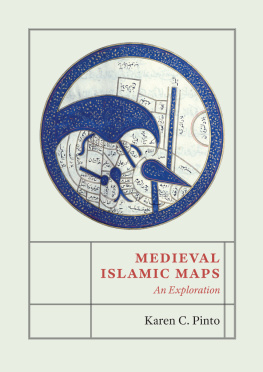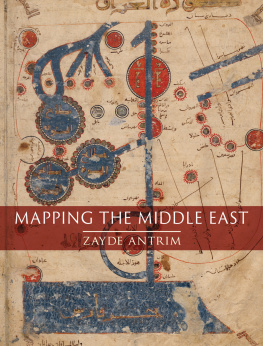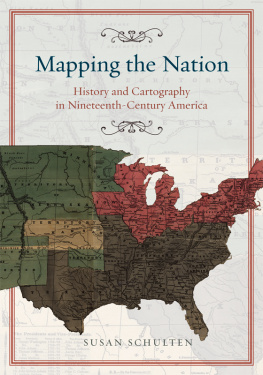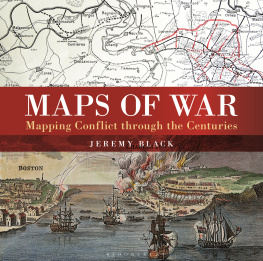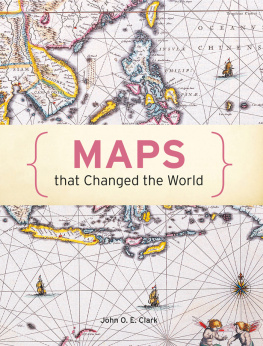Citizens and Rulers of the World
MAHSHID MAYAR
Citizens and Rulers of the World
The American Child and the Cartographic Pedagogies of Empire
The University of North Carolina Press Chapel Hill
This book was published with the assistance of the Authors Fund of the University of North Carolina Press.
2022 The University of North Carolina Press
All rights reserved
Set in Arno Pro by Westchester Publishing Services
Manufactured in the United States of America
The University of North Carolina Press has been a member of the Green Press Initiative since 2003.
Complete Library of Congress Cataloging-in-Publication Data is available at https://lccn.loc.gov/2021052602.
ISBN 978-1-4696-6727-0 (cloth: alk. paper)
ISBN 978-1-4696-6728-7 (pbk.: alk. paper)
ISBN 978-1-4696-6729-4 (ebook)
Cover illustration: Boy on deck, Harpers Young People 1885 (New York: Harper and Brothers, 1885), title page. From the authors collection.
A shorter, earlier version of Chapter 2 previously appeared as From Tools to Toys: American Dissected Maps and Geographic Knowledge at the Turn of the Twentieth Century, in Knowledge Landscapes North America, ed. Christian Kloeckner, Simone Knewitz, and Sabine Sielke, American Studies: A Monograph Series, vol. 273 (Heidelberg: Universittsverlag Winter, 2016), 99118.
for [m], my favorite share of the alphabet
and to my students
Contents
Figures
David Harvey, Grid of Spatial Practices
Samuel Goodrich, Going to tell about Geography
Samuel Goodrich, A Chinese selling Rats and Puppies for pies
Samuel Goodrich, Norwegian
William Channing Woodbridge, Comparative size and appearance of the Planets
Samuel Goodrich, Picture of the World
Samuel Goodrich, Picture of the World
Sanford Niles, Chart Showing the Distribution of the Races of Men
H. Justin Roddy, Map of the World Showing Colonial Possessions
Edwin Grant Dexter, Programme for Fully Graded System
Geography is the description of the surface of the earth, and its countries and their inhabitants
Mary Howe Smith Pratt, Races of Men
Charles F. King, Map of Pond
John Spilsbury, Europe Divided into Its Kingdoms
Inside cover of the box of the Series of Dissected Maps
Seat of War in the Island of Luzon
Original box of Clemens Silent Teacher
Box Cover of Clemens Silent Teacher
A New Dissected Map of the World with a Picture Puzzle of the Capitol at Washington
Up the Heights of San Juan: Our Boys Storming the Blockhouse in Front of Santiago
The Nations at Peace
Sam Loyd, Get Off the Earth Puzzle Mystery
(left) Sam Loyd, The Lost Jap
(right) Sam Loyd, Puzzle of Teddy and the Lion
Geographical Guessthestory, Harpers Young People
River Puzzle, Harpers Young People
Geographical Puzzle, Harpers Young People
Alphabetical Cities, Harpers Young People
Geographical Puzzle, Harpers Young People
Answer to Geographical Puzzle, Harpers Young People
Geographical Puzzle, Harpers Young People
Pied Cities, Harpers Young People
Hidden Rivers, Harpers Young People
List of childrens names whose letters were not printed in St. Nicholas
Letter by Elizabeth Haviland Brown, St. Nicholas
Haroun Al Huck-El-Berri and the Seven Sages of Bagdad, St. Nicholas
Acknowledgments
As a genre, acknowledgments go beyond mere form. People and their generosity do not need to be formatted and referenced in conformity with this or that manual of style to be valid. Thus, free from the burden of endnotes or citations, my foremost thanks go to Angelika Epple and Heike Paul, who supported me in my encounters with the exciting challenges of completing a project that, from the outset, stood at the intersection of geographies, disciplines, and agencies. It was with their critical support and encouragement that I went through drafts of my chapters, changed my manuscripts title, and won against the chaos of endnotes. Even earlier than that, it was Robert W. Cherny who saw me as a historian in the first place. I can never thank him enough. Amy Kaplan opened the door to critical thinking in every single one of her works that I have encounteredthis book is dedicated to her memory. Sabine Schaefer, Rita Gaye, Thomas Abel, and Thomas Welskoppthanks for what the Bielefeld Graduate School in History and Sociology (BGHS) has been as a workspace because of your presence. And, at UNC Press, my sincere thanks to Mark Simpson-Vos, Catherine Hodorowicz, Dominique Moore, Mara Isela Garca, and the anonymous reviewers whose careful reading of my work helped it become a better version of itself.
Since my initial encounter with historical childhood in the Internet Archive, I have frequented a large number of archives and libraries. Early on, Uwe Spiekermann of the German Historical Institute Washington, D.C., made it possible for me to access the digitized copies of St. Nicholas, and I am ever thankful for his and his colleagues generosity. It was with the financial support of the BGHS that I made it to the collections at the Library of Congress, the Cotsen Childrens Library at Princeton University, and the Newberry Library, where months of digitizing sources and browsing collections revealed more than I could ever have wished for about the politics of archiving childrens material. Also, sincere thanks to Sybille Jagusch, head of the Childrens Literature Center at the Library of Congress, for her stimulating company and her guiding hand through the librarys immense collections. Numerous archival trips, in person and online, funded by the German Research Foundation, the Robert Bosch Foundation, the Bavarian American Academy, the Fritz Thyssen Foundation, the Bielefeld Young Researchers Fund, and the International Youth Library have made the completion of this project possible. Digitized sources available on the internet pages of Harvard University, the Newberry Library, the Cotsen Childrens Library, the University of Indiana, the New-York Historical Society, Georgetown University, the University of Southern Mississippi, the Strong National Museum of Play, the American Antiquarian Society, Project Gutenberg, Amherst College, and Google Books, as well as friends with the right IP address, spared me numerous trips to the U.S. embassy to apply for one-entry visas.
I am deeply indebted to Amy Kaplan, Ann Laura Stoler, David Harvey, Fredric Jameson, Hsuan L. Hsu , James R. Akerman , Joyce Chaplin, Karen Snchez-Eppler, Megan Norcia, Martin Brckner, Neil Smith, Patricia Crain, Robin Bernstein, and Susan Schulten, whose brilliant works on empire, geography and cartography, children and childhood, pedagogies of empire, literacy, race and coloniality, and the historical archive as they see it introduced me to a wealth of maps and chapbooks, itineraries and toponyms, publishing houses and fantasylands, child diaries and doodles. Also, thanks to the Bielefeld University library, especially Gabriele Pendorf and Sabine Rahmsdorf, for acquiring the numerous volumes that I suggested and for having made the library a welcoming place on days when I could not work in the isolation of my office. An earlier, shorter draft of chapter 2 originally appeared in


